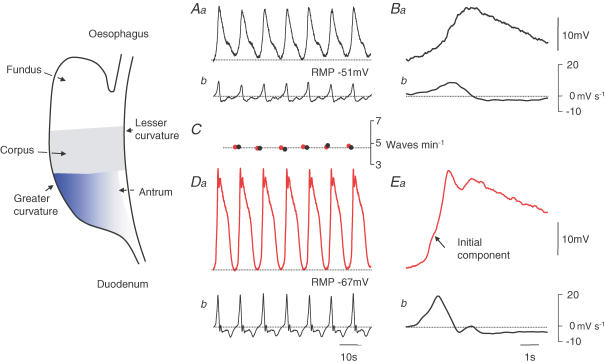Figure 2. Comparison between corporal and antral slow waves recorded from an attached corpus–antrum preparation.
The upper left hand pair of traces shows corporal slow waves recorded near the greater curvature (Aa) and their associated dV/dt (Ab). Corporal slow waves had low rates of rise (Ab) and occurred regularly at 4.8 waves min−1 (C). Expanded regions of these traces (Ba and b) showed that upstroke of the corporal slow wave (Ba) lacked an obvious inflection. The lower left hand pair of traces shows antral slow waves, recorded from the same preparation as Aa, near the greater curvature (Da) and associated dV/dt (Db). Antral slow waves had faster rates of rise (Db) and occurred regularly with the same frequency as corporal slow waves (C). Expanded regions show that the upstroke of the antral slow wave displayed an initial component (Ea). The left hand time calibration bar applies to traces A and D: the right hand time calibration bar applies to traces B and E. Figure modified from Hashitani et al. (2005).

